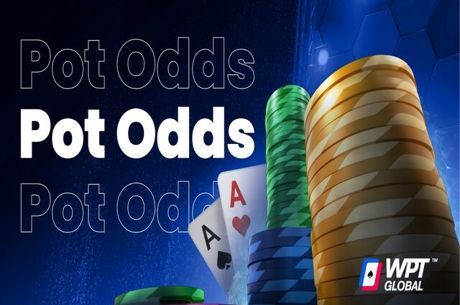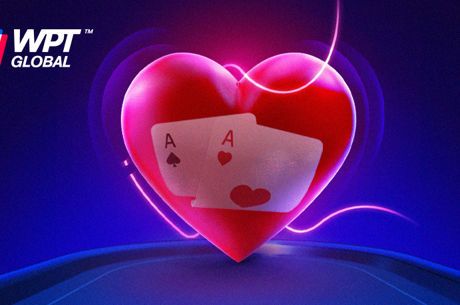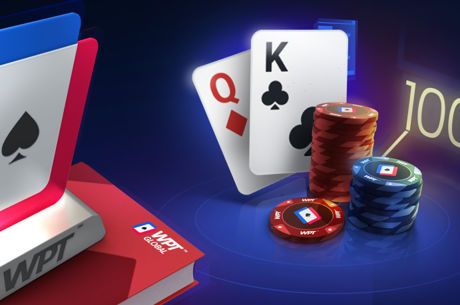Here's How Much Math You REALLY Need to Succeed at Poker

It's long been a myth that you need to be a math whizz to be a big winner at poker. You don't need to have a poker odds calculator in your head, to have memorized an endless list of combinations, or exactly know what 'ICM' stands for.
While it's true that most poker players will need to know a little math to help them succeed, you don't necessarily need to be a math prodigy to win at the tables.
WPT Global even wrote a recent blog article which we're summarised here.
Give it a read and apply some of the theories while you're at the table, and you may see an upturn in results!
Math and Poker
It's not just a 21st-century idea that succeeding at poker should involve math. Back in 1875 there were poker books being written, including 'The Game of Draw Poker, Mathematically Illustrated' by Henry T. Winterblossom.
Even classic strategy books from Doyle Brunson or Mike Caro have broken down the math in popular games such as 5-Card Draw, Seven Card Stud and of course Texas Hold'em.
When is it Best to Bluff in Poker? WPT Global Has the Answers!
Modern-day poker math has been increasingly applied to poker tournaments as well as cash games, with 'Harrington on Hold'em' by Dan Harrington popularizing the "M" concept to reflect how shallow or deep a poker player's stack is.
Key Poker Calculations
There are several simple calculations that poker players should have at their disposal at the poker tables, and here we break down three key ones:
EV (Expected Value)
You may have heard the term "EV" while at the poker tables, but what does it mean? Basically, it is simply the amount of money you can expect to win or lose on average for each action you take.
The formula is: EV = (Win% * $Win) - (Lose% * $Lost)
WPT Global Gives Tips For Playing a Loose-Aggressive (LAG) Style
For example, when you bet $100 into a $100 pot as a bluff, and there's a 75% chance your opponent will fold, you can use EV to see if there is a positive outcome in the long run. Learning equations like the above can help you quantify precisely how profitable or unprofitable a certain action will be.
Break-Even Calculation
This calculation is important because it can tell you how often a particular play needs to work for it to break even. This can then be used to give you a rough idea of whether or not it will be profitable.
Again, here is the formula: Break-even = Bet Size / (Bet Size + Current Pot)
Thinking of bluffing the river? Just input the bet size and the current pot to see whether it's a good idea after all.
Minimum Defence Frequency (MDF)
Balance is the key in all forms of poker, whether with your overall bankroll or with value bets, bluffs, and ranges. The Minimum Defence Frequency (MDF) is the minimum percentage of your range that you need to call for your opponent's bet not to be automatically profitable.
The formula: MDF = (pot size / (pot size + bet size)) * 100
We use this to determine how often we need to call to stop ourselves from being exploited, and we can also use it to determine if we can automatically profit from a bet.
Luck vs. Skill
There's no question that poker is a game of skill, but there are elements of luck. However, by having a solid understanding of the math behind poker, you will be able to increase your skill level in the game and better understand the role that luck has on your play.
By having a foundational knowledge of poker math, you are better equipped to analyze your hands to see if you're getting unlucky or if you have leaks in your game. If you don't have that solid foundation, it's like you're building your strategy on quicksand - eventually, it will all come crumbling down.








